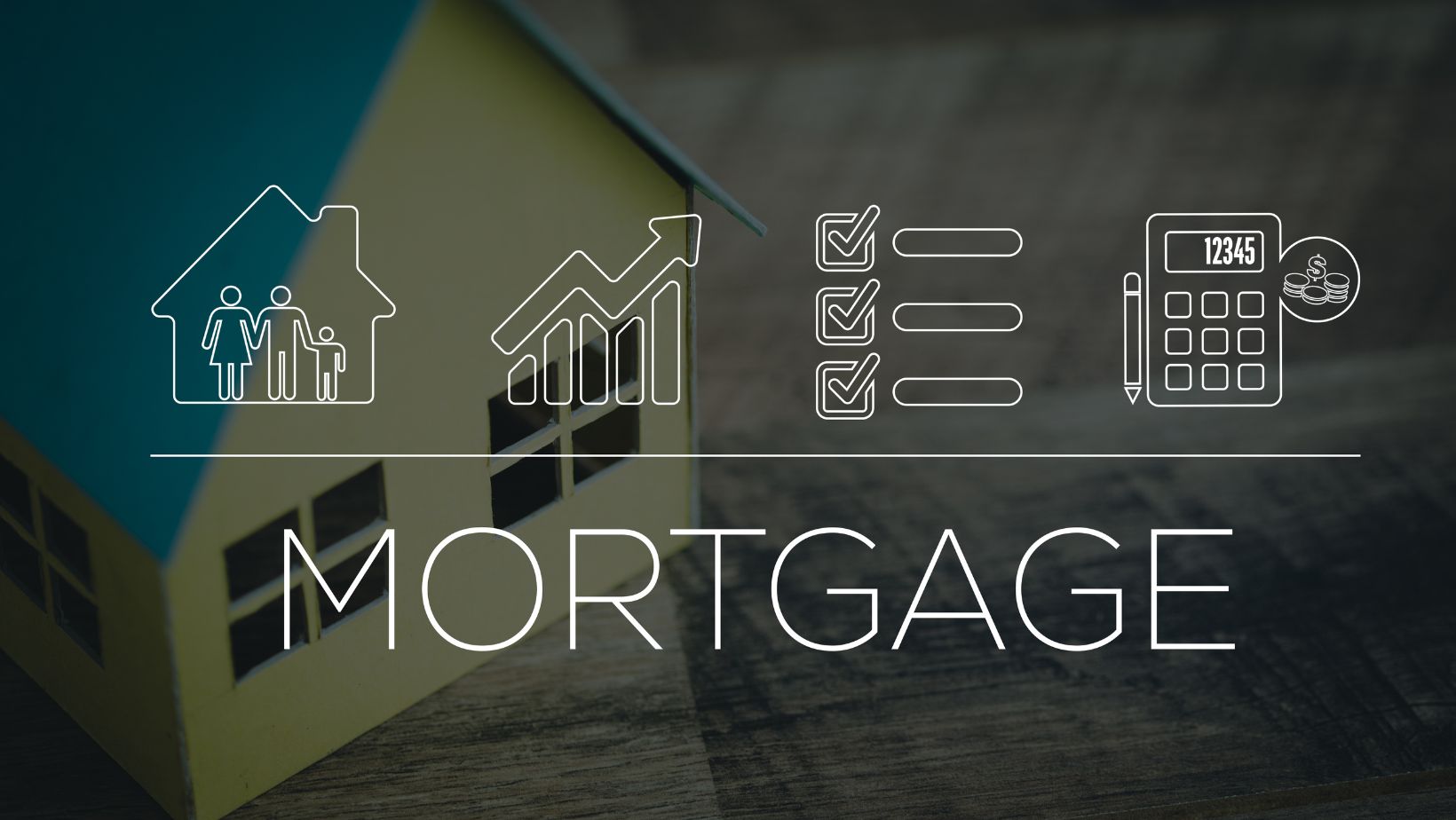Buying a home often involves getting a mortgage. Many people find mortgages confusing. A mortgage loan calculator can help make things clearer.
This tool shows how much you’ll pay each month on your loan. It takes into account the loan amount, interest rate, and loan term. A mortgage repayment calculator lets you see how different factors affect your monthly payments.
These calculators are easy to use online. You just enter some basic info about the loan you want. The calculator then shows you what to expect. This can help you plan your budget and choose the right mortgage for your needs.
Understanding Mortgage Loans
Mortgage loans help people buy homes without paying the full price upfront. They come in different types and have several parts that make up the monthly payment.
Types of Mortgage Loans
Fixed-rate mortgages keep the same interest rate for the whole loan term. This means monthly payments stay the same, making budgeting easier. Common terms are 15 or 30 years.
Adjustable-rate mortgages (ARMs) have interest rates that can change. They often start with lower rates than fixed-rate loans. The rate might go up or down based on market conditions.
Government-backed loans include FHA, VA, and USDA loans. These often have easier qualifications and lower down payments. They’re designed to help more people become homeowners.
Components of Mortgage Payments
Principal is the amount borrowed to buy the home. Each payment reduces this balance.
Interest is the cost of borrowing money. It’s calculated as a percentage of the remaining principal.
Property taxes are usually included in mortgage payments. The lender collects and pays these taxes for the homeowner.
Homeowners insurance protects against damage to the home. Lenders require this coverage to protect their investment.
Private mortgage insurance (PMI) may be needed if the down payment is less than 20%. It protects the lender if the borrower can’t pay the loan.
How Mortgage Calculators Work
Mortgage calculators use math formulas to figure out loan payments. They take key details and crunch the numbers to show monthly costs and total interest.
Calculating Principal and Interest
Mortgage calculators use the loan amount, interest rate, and term to find monthly payments. They split each payment into principal and interest. Early on, most of the payment goes to interest. Over time, more goes to principal.

Incorporating Taxes and Insurance
Many calculators add property taxes and insurance to the monthly payment. This gives a full picture of housing costs.
Users input their yearly property tax and insurance amounts. The calculator divides these by 12 to get the monthly cost. It then adds this to the mortgage payment.
Some lenders require an escrow account for these costs. The calculator can show how this impacts the total monthly payment.
Adjusting for Down Payment and Loan Term
Down payments lower the loan amount, changing the monthly payment. Calculators let users try different down payment amounts to see the impact.
Loan terms also affect payments. A 30-year loan has lower monthly payments than a 15-year loan. But it means paying more interest over time.
Users can compare different scenarios. They can see how changing the down payment or term affects their costs. This helps them find the best option for their budget.
Mortgage Repayment Strategies
Paying off a mortgage faster can save money on interest and build equity more quickly. There are several ways to speed up repayment without straining your budget.
Extra Payments Impact
Making extra payments on your mortgage can have a big effect over time. Even small additional amounts can add up. Putting an extra $100 per month toward the principal could shorten a 30-year loan by several years.
One approach is to make biweekly payments instead of monthly ones. This results in 26 half-payments per year, equal to 13 full payments. The extra payment goes straight to the principal.
Lump sum payments from tax refunds or bonuses can also make a dent. Put these toward the principal to reduce the overall interest paid.
Refinancing and Its Effects
Refinancing to a lower interest rate can lower monthly payments. This frees up money to put toward the principal balance.
Switching from a 30-year to a 15-year mortgage increases payments but pays off the loan faster. The interest savings can be huge over the life of the loan.
Some homeowners refinance to remove private mortgage insurance (PMI). This lowers the monthly payment. The saved amount can then go toward extra principal payments.
Choosing the Right Mortgage
Picking the best mortgage takes careful thought. Borrowers should look at different loan types, terms, and interest rates.
Fixed-rate mortgages keep payments steady over time. Meanwhile, adjustable-rate mortgages may start lower but can change.

Loan terms range from 15 to 30 years typically. Shorter terms mean higher monthly payments but less interest paid overall. On the other hand, longer terms have lower payments but cost more in total interest.
Interest rates vary between lenders. Even small rate differences add up to big savings over time. Getting quotes from multiple lenders helps borrowers find the best deal.
Down payment amount affects loan options too. Larger down payments often mean better rates and terms. Meanwhile, some programs allow low or no down payments for qualified buyers.
Credit scores play a big role in mortgage approval and rates. Higher scores usually mean better terms. Checking and improving credit before applying can help.
Income and debt levels matter as well. Lenders look at debt-to-income ratios when deciding loan amounts and terms. Lower ratios are better for approval chances.
Key factors to consider
- Loan type (fixed vs. adjustable)
- Loan term
- Interest rate
- Down payment
- Credit score
- Income and debts




